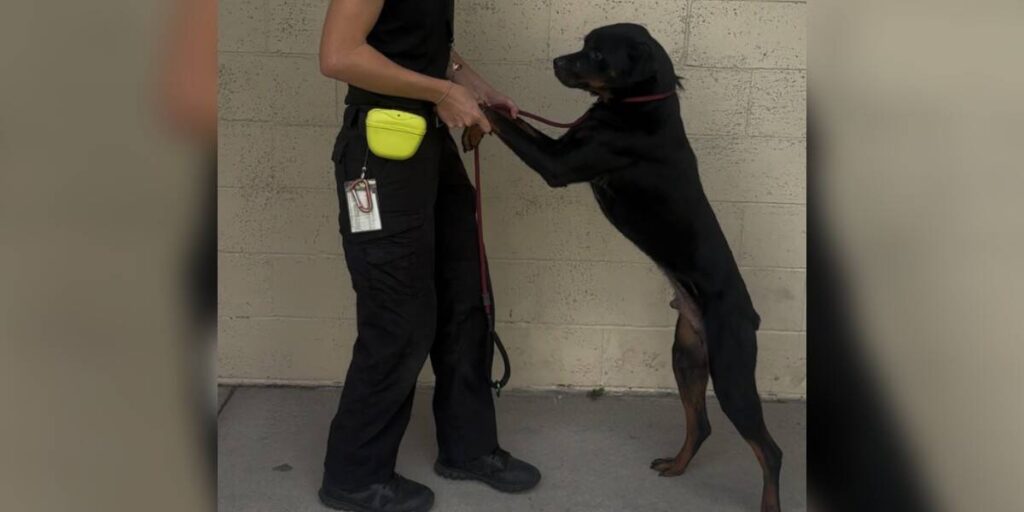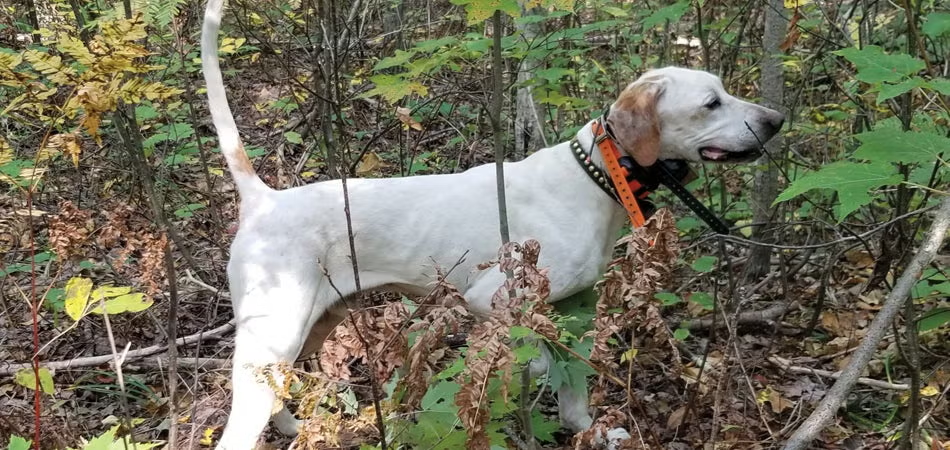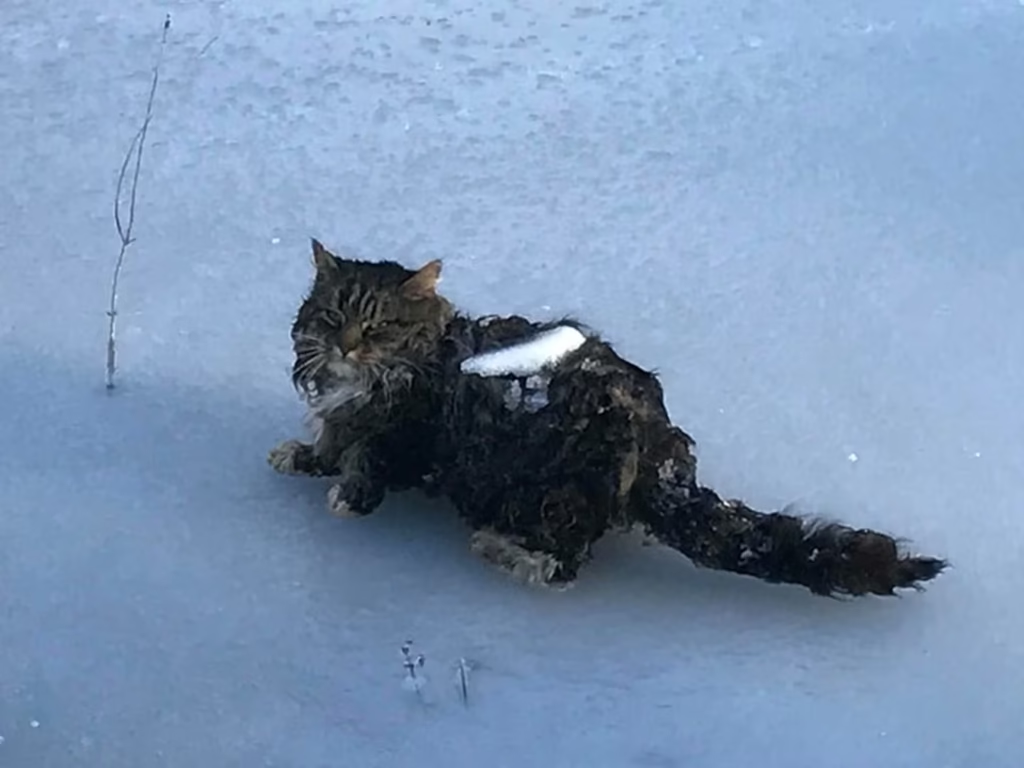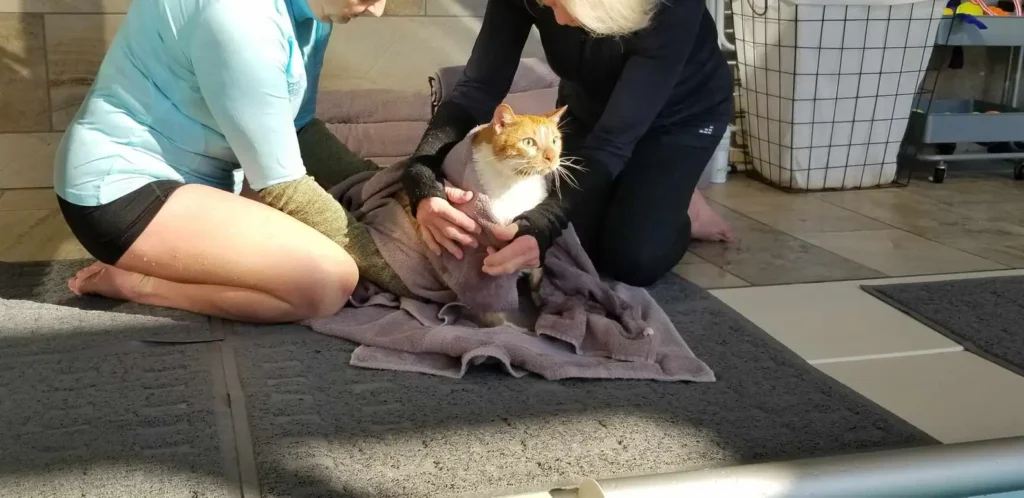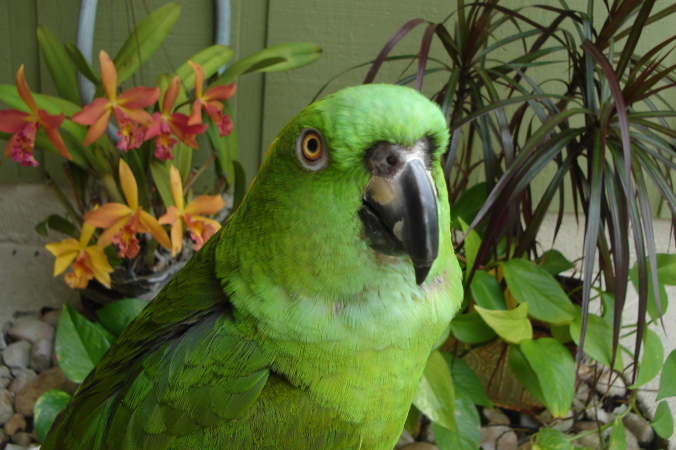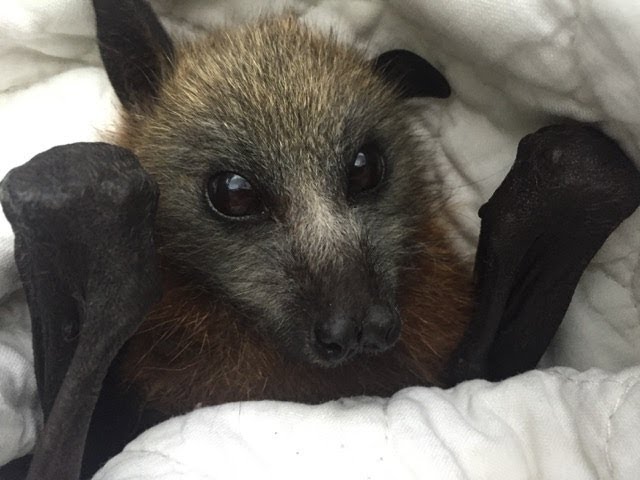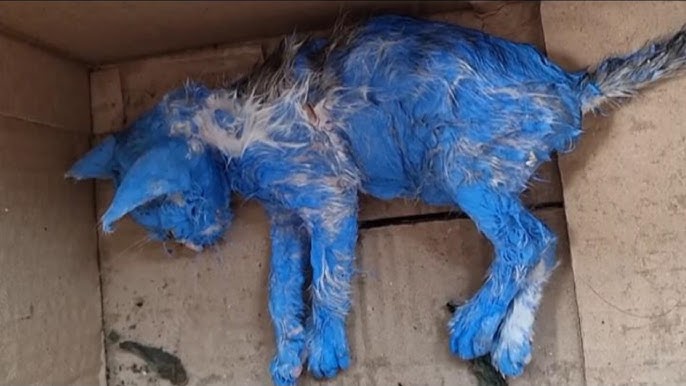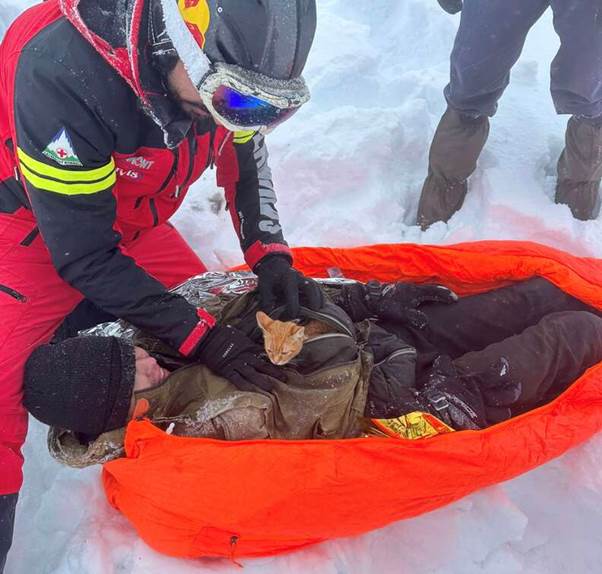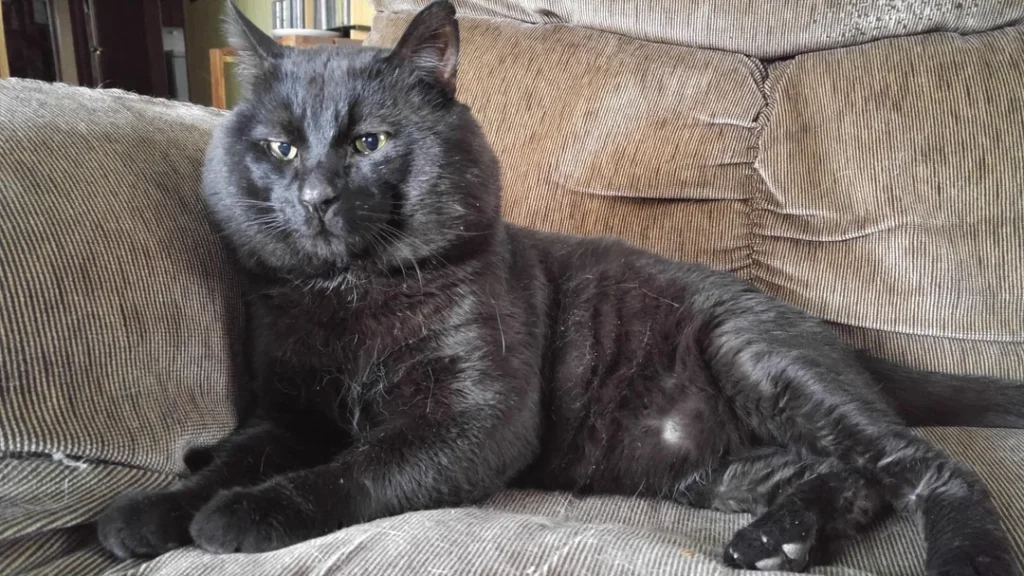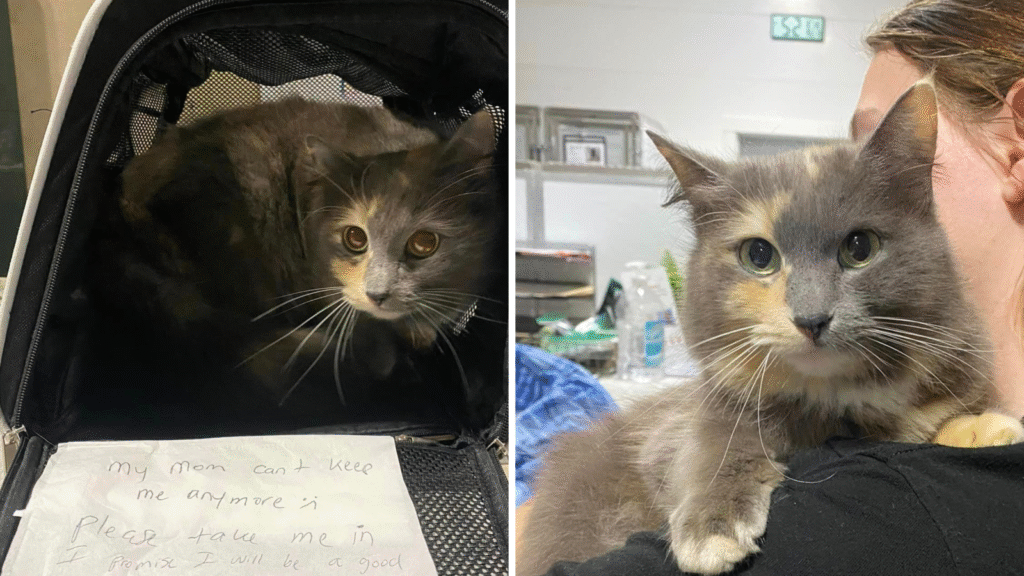The Frightened Puppy Who Taught a Shelter His Secret Language of Trust
The Silent Panic of a Shelter Dog For a dog like Stewie, the world is a terrifying place. When the one-year-old was first brought to Orange County Animal Services earlier this month, he was not just scared; he was completely consumed by a paralyzing fear. Before his arrival, he had been a phantom, a frightened figure darting along a busy highway, eluding rescuers until they finally managed to coax him into a humane trap with food. That fear followed him through the shelter doors and settled deep into his bones. The shelter environment, for all its good intentions, is a sensory nightmare for a dog with a shattered sense of security. The constant, echoing barks of other dogs, the clanging of metal kennel doors, the strange smells, and the looming figures of unfamiliar people all conspired to confirm his deepest terror: that he was not safe. He would press himself into the back corner of his kennel, trying to become one with the concrete, a desperate attempt to be invisible. The staff, led by lead behaviorist Savanna Palmer, saw not a difficult dog, but a deeply traumatized one. They knew that behind the panic was a soul in desperate need of a lifeline. Their attempts to offer him comfort were met with quiet terror. The very tools of a normal dog’s life were, to Stewie, instruments of torture. A simple leash sent him into a frantic, rolling panic on the ground. A harness was even worse, triggering a primal need to escape so powerful that he was willing to injure himself to get free. It was clear that whatever his life had been before, it had not taught him that the world, or the people in it, could be trusted. The Paw That Asked for a Hand The team at the shelter was at a loss. How do you connect with a dog who is too afraid to be touched, too panicked to be walked, and too traumatized to accept comfort? The answer, it turned out, came from Stewie himself. In a moment that left the staff speechless, as a team member stood quietly near his kennel, Stewie did something extraordinary. He didn’t bark or cower. Instead, he slowly, deliberately, reached out with his front paw and gently placed it on the staff member’s arm. Then, he held on. It was a silent, profound request, a message clearer than any bark could ever be. In that single, gentle gesture, he was communicating his deepest need. As the staff member stood perfectly still, a subtle change came over the terrified dog. The frantic energy in his body seemed to calm, his breathing slowed, and for a moment, the overwhelming panic in his eyes subsided. Then, he began to walk on his hind legs, his front paws still resting on the human arm, as if in a slow dance. “If the staff member dropped his paws, Stewie would go right back to panicking and bucking,” Palmer explained. “The moment he was held hand to paw, Stewie felt more comfortable walking.” It was the breakthrough they had been praying for—a fragile bridge of trust built not with words or treats, but with a simple, quiet connection. The Slow, Hand-in-Paw Journey to Trust This single act of communication became the key to unlocking Stewie’s world. The shelter staff immediately adapted their approach, understanding that Stewie needed to set the terms of his recovery. His daily walks became a unique and touching ritual. A staff member would approach, offer an arm, and wait for Stewie to place his paws on them. Then, and only then, would they begin their slow, careful promenade around the play yard, a moving testament to the power of listening to an animal’s needs. This physical connection was his anchor in a sea of fear, the reassurance he needed to take each tentative step forward. “It’s adorable,” the shelter wrote in a post. “And truly a first for us.” This hand-holding became the foundation of a broader, more patient rehabilitation plan. Savanna Palmer and her team began to layer in other confidence-boosting exercises, always at Stewie’s pace. High-value treats were offered to create positive associations, and every small flicker of curiosity was met with quiet praise. His progress has been measured not in days or weeks, but in tiny, incremental victories. A moment where he doesn’t flinch at a sound, a brief sniff of a new toy, a second longer of calm during his walks. “He’s progressed leaps and bounds,” Palmer said, acknowledging that for a dog like Stewie, a single, calm step is a monumental leap. A Call for a Quiet Hand to Hold Forever The dedicated staff at Orange County Animal Services will continue to be the hands Stewie holds for as long as he needs them, but they know that the chaotic shelter environment is not where he can truly heal. Stewie’s future depends on finding a very specific kind of savior. He doesn’t just need a loving family; he needs a quiet, predictable sanctuary with a person or family who has a deep well of patience and an intuitive understanding of fearful dogs. His future person must be willing to let him set the pace, to celebrate the smallest of victories, and to understand that his trust, once earned, will be a gift of immeasurable worth. “Ultimately, the most beneficial outcome for Stewie would be with a rescue organization that can help set him up for success,” Palmer stated, emphasizing the need for a strong support system. Any potential adopter will need to be a true partner in his rehabilitation. The shelter’s goal is to ensure that the next time Stewie leaves a facility, it is his final journey home. He has a whole future ahead of him, a future that is waiting to be filled with quiet days, soft beds, and the gentle, reassuring presence of a hand he can hold whenever the world feels a little too scary.
The Frightened Puppy Who Taught a Shelter His Secret Language of Trust Read More »

